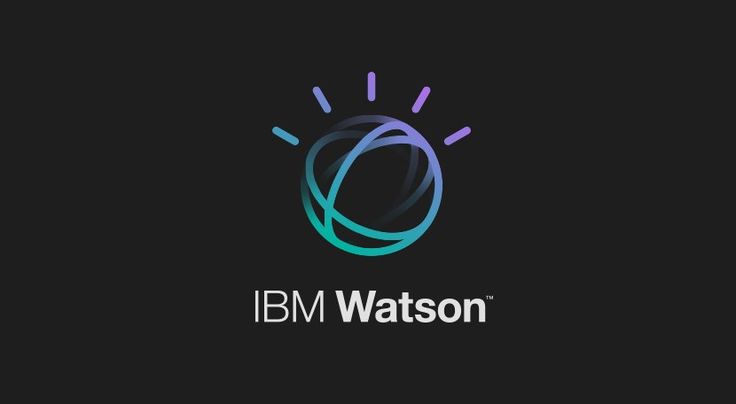Description
Introduction
Onyx is an advanced framework designed for building data-driven applications, particularly in the fields of machine learning and data analysis. Workflow management is a critical component of any data-centric application, as it governs how data is processed, analyzed, and visualized. This guide aims to provide developers with essential knowledge and best practices for managing workflows in Onyx, ensuring efficient, scalable, and maintainable applications.
Prerequisites
To make the most of this guide, readers should have:
- Familiarity with the Onyx framework and its core components.
- Basic understanding of programming concepts, preferably in languages such as Python or Java.
- Knowledge of data processing, data pipelines, and machine learning workflows.
- Access to a development environment with Onyx installed for hands-on practice.
Table of Contents
- Understanding Workflow Management in Onyx
1.1 Overview of Workflows in Onyx
1.2 Key Concepts and Terminology
1.3 Benefits of Effective Workflow Management - Defining Workflows
2.1 Identifying Workflow Requirements
2.2 Structuring Your Workflow(Ref: Onyx Performance Tuning: Optimize Your Workflows)
2.3 Best Practices for Workflow Design - Building Workflows in Onyx
3.1 Creating Your First Workflow
3.2 Using Workflow Nodes and Components
3.3 Configuring Workflow Parameters - Data Flow Management
4.1 Understanding Data Sources and Sinks
4.2 Implementing Data Transformation Processes
4.3 Managing Data Quality and Validation - Error Handling and Recovery
5.1 Identifying Common Workflow Errors
5.2 Implementing Error Handling Strategies
5.3 Recovery Techniques and Best Practices - Monitoring and Logging
6.1 Setting Up Monitoring for Workflows
6.2 Logging Best Practices
6.3 Analyzing Logs for Workflow Optimization - Scaling Workflows
7.1 Strategies for Workflow Scalability
7.2 Load Balancing and Resource Management
7.3 Using Distributed Processing with Onyx - Integrating Workflows with Other Systems
8.1 API Integration for External Data Sources(Ref: AI and Machine Learning with Cloud: Leveraging Cloud Services)
8.2 Connecting with Databases and Storage Solutions
8.3 Utilizing Cloud Services for Workflow Management - Case Studies and Best Practices
9.1 Real-World Applications of Onyx Workflows
9.2 Lessons Learned from Successful Implementations
9.3 Emerging Trends in Workflow Management - Conclusion
10.1 Recap of Key Workflow Management Principles
10.2 Encouragement for Continued Learning and Exploration
10.3 Resources for Further Development
Conclusion
Effective workflow management in Onyx is crucial for building robust and scalable data-driven applications. By following the essentials outlined in this guide, developers can create workflows that not only meet the needs of their projects but also enhance performance and maintainability. Continuous learning and adaptation to best practices in workflow management will empower developers to leverage Onyx to its full potential, driving innovation and efficiency in their applications.







Reviews
There are no reviews yet.